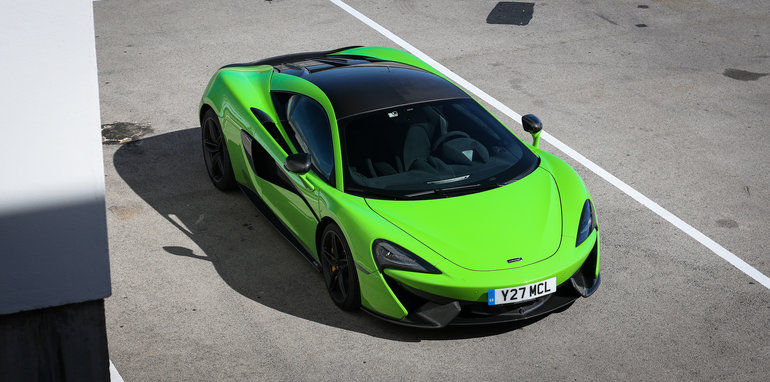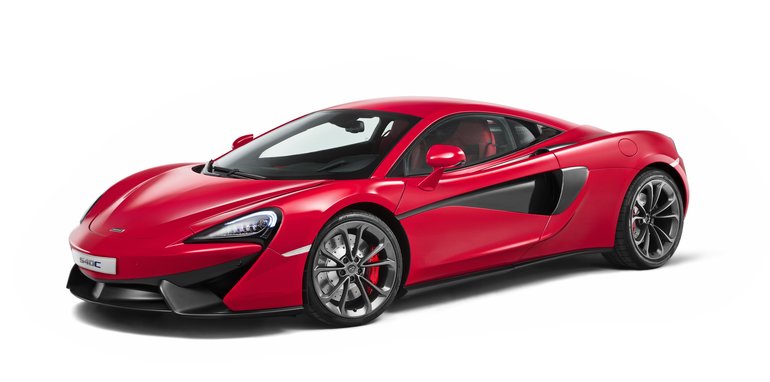
When it announced a range increase for its 2017 Focus Electric earlier this month, Ford executives also revealed an intriguing snippet about the company's battery plans.
The company is conducting its own research into fundamental battery chemistries, and could develop its own cells for use in future electrified vehicles.
The question then becomes: Why?
DON'T MISS: Updated 2017 Ford Focus Electric: 100-Mile Range, DC Fast Charging
Other makers of electrified vehicles, including General Motors, VW, and BMW, have outsourced cell development to suppliers, albeit working closely with them. Today's Focus Electric uses LG Chem cells similar to those in the Chevy Volt.
The term "electrified" vehicles include not only battery-electric and plug-in hybrid cars, but also conventional hybrids and even 48-Volt "hybrids"--effectively powerful start-stop systems with more features.
Ford will invest $4.5 billion into electrification R&D, and add 13 new "EV" vehicle nameplates while expanding its electrified offerings into Taiwan, South Korea, and China.
2016 Ford Focus Electric2016 Ford Focus Electric
Of those 13, analysts suggest, one might be a new battery-electric model, two to four might be plug-in hybrids, and the balance could be split among conventional hybrids and cars with 48-Volt systems.
The news that Ford is developing its own cell chemistries was detailed in a blog post by Navigant Research after Ford's announcement.
Navigant noted that researchers at the University of Michigan Battery Lab, which was partially funded by Ford, are now producing prototype cells using chemistries developed by Ford.
ALSO SEE: Why The 2010 Toyota Prius Doesn't Have A Lithium-Ion Battery
The company also refurbished its historic 1923 Ford Engineering Laboratory to be the home of its consolidated and expanded electrified powertrain development efforts.
“Batteries are the life force of any electric vehicle," said Kevin Layden, director of Ford Electrification Programs, "and we have been committed to growing our leadership in battery research and development for more than 15 years."
Ford doesn't expect to undertake full-scale cell manufacturing itself; it will use suppliers for that task.
2012 Ford Focus Electric launch, New York City, January 2011 - battery pack in load bay2012 Ford Focus Electric launch, New York City, January 2011 - battery pack in load bay
But, Layden said, the company believes that owning the intellectual property of cell chemistries will be critical to future success.
There are arguments both ways on that score.
Electric-car startup Tesla Motors has worked closely with Panasonic on unique versions of that company's 18650 small commodity cell for its Model S, but the modifications appear to be more to packaging and mechanical elements than the chemistry itself.
On the other hand, Toyota notably failed to produce its own lithium-ion cell for the 2010 Prius hybrid, as managing officer Koei Saga admitted that year.
The third-generation Prius was intended to launch with a lithium-ion chemistry based on a nickel electrode.
The 2010 Toyota PriusThe 2010 Toyota Prius
While the company's choice had a low materials costs, its production process was extremely complicated--raising the overall cost to the point that the cells couldn't be produced economically.
For the first-generation Leaf, Nissan set up a joint venture with computer giant NEC to create energy cells for its high-volume electric car.
That company, Automotive Energy Supply Corporation (AESC), has produced all the cells for the 200,000 or so Nissan Leafs made over five years.
Nissan had long and deep experience in lithium-ion cells, having worked on them in-house since 1992 and produced a number of prototype electric cars since then.
But industry rumors suggest that new-generation lithium-ion cells from Korean supplier LG Chem turn out to be cheaper and more energy-dense than comparable cells from AESC.
Nissan lithium-ion cell fabrication & battery pack assembly at Nissan plant in Smyrna, TennesseeNissan lithium-ion cell fabrication & battery pack assembly at Nissan plant in Smyrna, Tennessee
Nissan CEO Carlos Ghosn has hinted that the company may switch suppliers for the second-generation Leaf, expected as a 2017 or 2018 model.
The lines among fundamental cell chemistry, cell fabrication, and battery-pack production can blur, and most automakers now have large battery labs testing dozens of automotive cells for future electrified vehicles.
Still, Ford would be unusual if it developed its own core battery chemistries.
And it poses a question: What does Ford believe it can bring to the table that various billion-dollar battery companies can't?





































